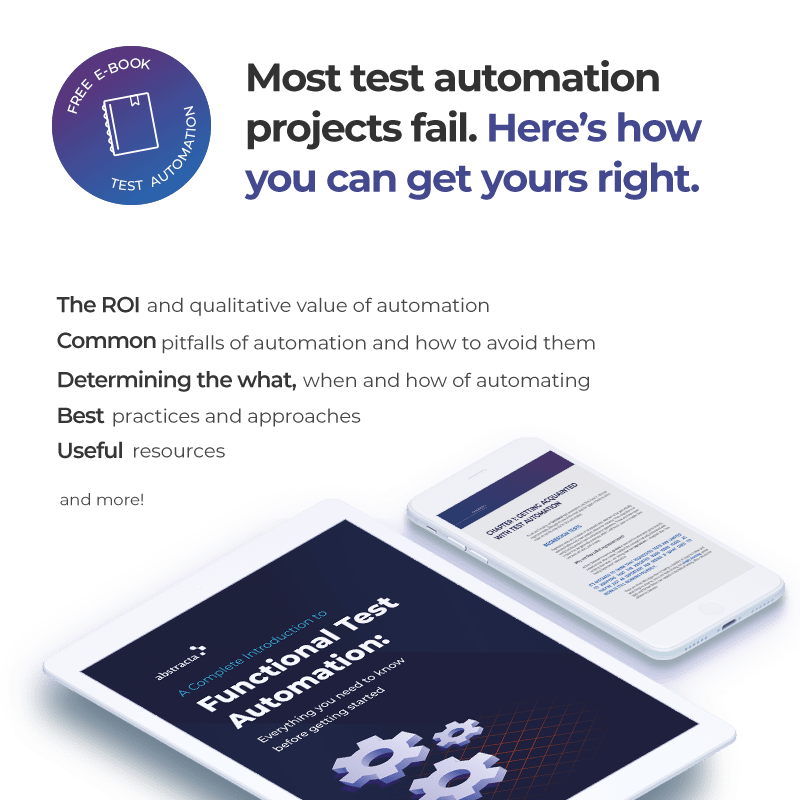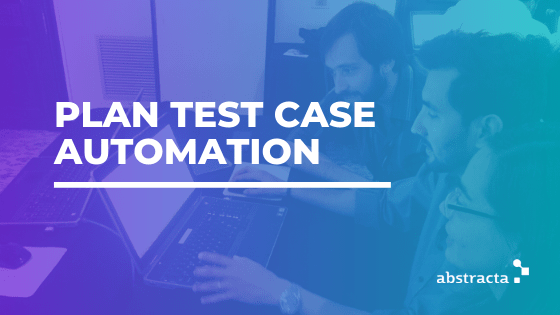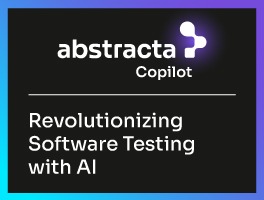Everything you need to know before getting started with functional test automation


Introduction to Functional Test Automation
It is often said that “Automating chaos just gives faster chaos,” and not only faster, but also (paraphrasing a Daft Punk song) harder, faster, stronger… chaos. Yet, seemingly everyone is moving into an agile, DevOps or continuous delivery/continuous integration environment. Automating tests is increasingly necessary to be successful in said environments. This ebook focuses on the automation of functional tests in general, showcasing the benefits it brings in the most objective way possible. It goes without saying that if you automate without sound judgment, you will not reap any benefits from it. What you are about to read is not a user manual for a tool. Neither is this ebook intended to convince anyone that automation is like a magic wand that will make all of our tests better. As our friend, Jim Hazen says, “It’s automation, not auto-magic!” The goal of this ebook is to provide you with a thorough introduction to functional test automation so that you can determine if it’s right for you and if so, how to go about it in the best possible way.
Fill out this form to receive the ebook:
Tags In


Abstracta Team
Related Posts
How To Plan Test Case Automation with Development
A strategy to implement automated checks without losing sight of manual testing The goal of this post is to show a possible way you can plan test case automation with development in order to automate tests (have automatic checks) as soon as possible, without losing…
Developer’s friendly tools for continuous performance testing
How many times have we seen a test infrastructure and methodology where the team is not able to get early feedback about the performance of the system they are developing? Typically, it is expected to treat performance testing as a “waterfall project” where we, the…
Search
Categories
- Acceptance testing
- Accessibility Testing
- AI
- API Testing
- Development
- DevOps
- Fintech
- Functional Software Testing
- Healthtech
- Mobile Testing
- Observability Testing
- Partners
- Performance Testing
- Press
- Security Testing
- Software Quality
- Software Testing
- Test Automation
- Testing Strategy
- Testing Tools
- Work Culture







